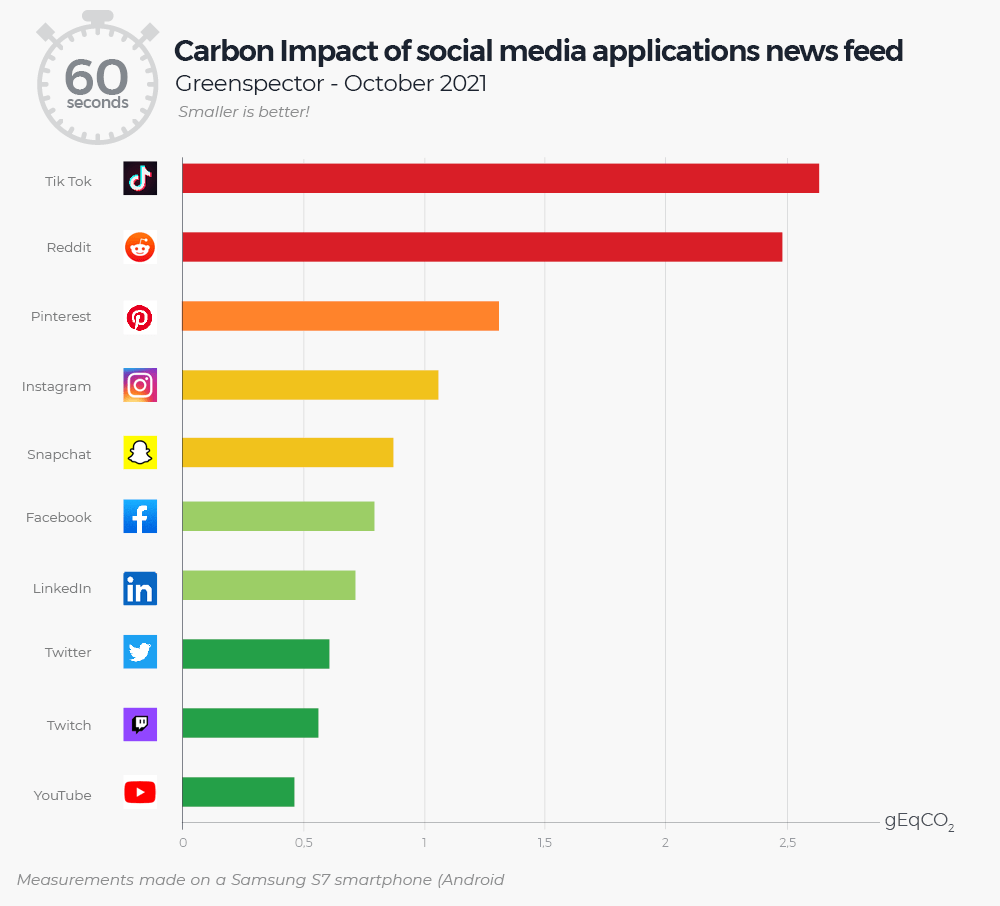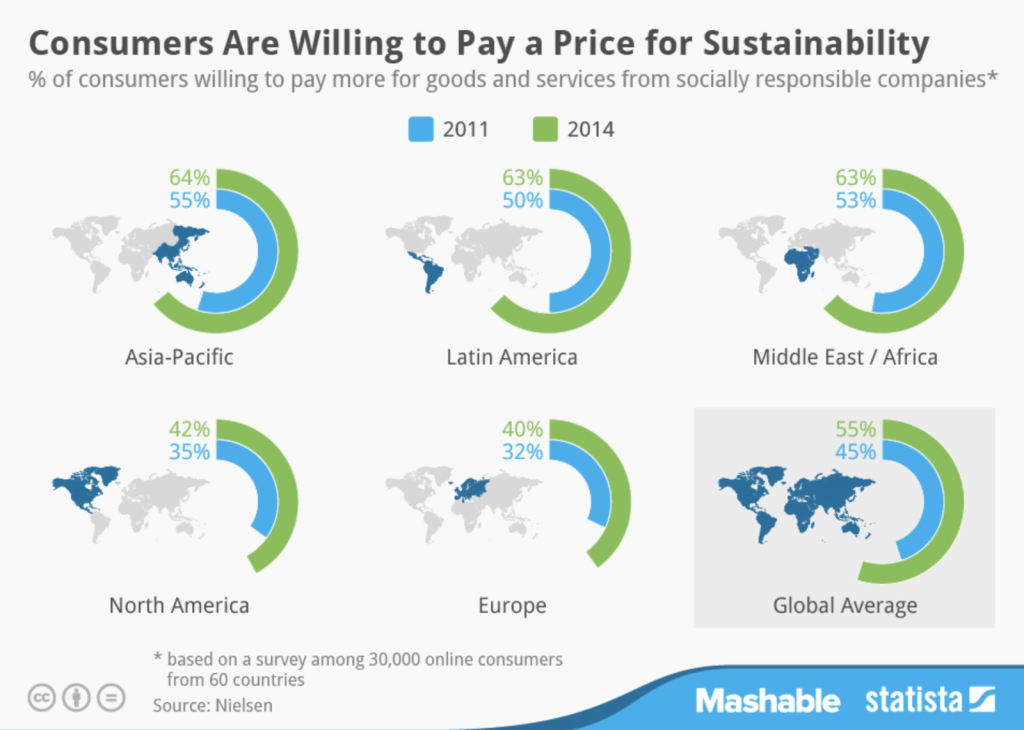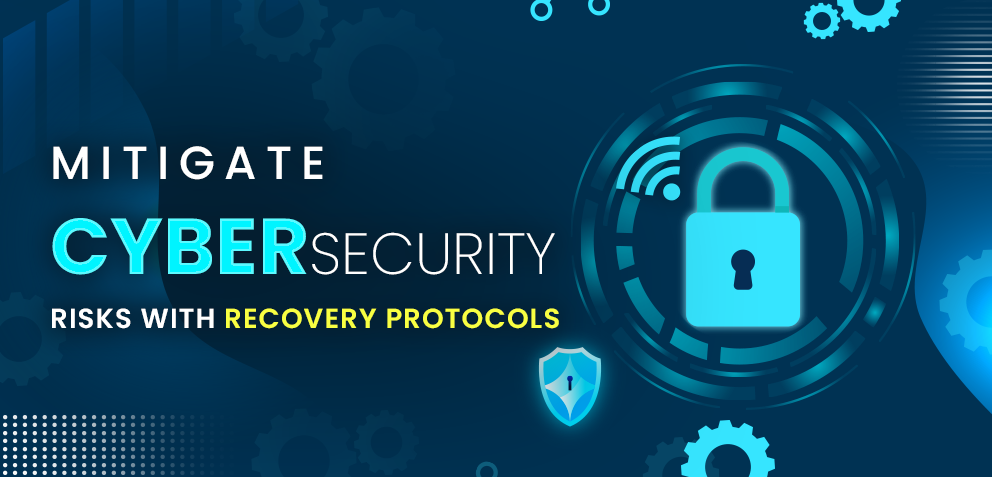Green IT in Mobile App Development: 7 Best Practices

Tags
Category
- All
- Android App Development
- API
- App Store
- Artificial Intelligence
- Blockchain Development
- Chatbot Development
- CMS Development
- Cybersecurity
- Data Security
- Digital Marketing
- Ecommerce Development
- Fintech
- Flutter app development
- Full Stack Development
- iOS App Development
- IT Project Management
- JavaScript development
- Laravel Development
- Magento Development
- Mobile App
- Mobile App Development
- Progressive Web Application
- python development
- QA and testing
- React Native
- SaaS
- SEO
- Shopify Development
- Software Development
- Staff Augmentation
- UI/UX Development
- Web analytics tools
- Wordpress Development
Mobile apps, currently used by over 7 billion people, are proving to impact global warming more than ever imagined. On average, they generate 0.75 grams of CO2 equivalent emissions. With 5 billion users spending three hours daily on these apps, they contribute to 6% of digital CO2 emissions! In response, developers and organizations now increasingly recognize the significance of crafting energy-efficient code for software and mobile app development. While there’s ample room for enhancement, the industry is witnessing a surge in best practices, the introduction of regulations, and a growing number of corporate commitments aimed at championing eco-friendly mobile app development.
As this trend continues to evolve, it promises a brighter, more sustainable future for the IT industry and the environment.
Environmental Effect of the Mobile Application Development Industry
Why is Green IT Crucial for Business Benefits?
#1 Cost Savings and Efficiency
#2 Enhanced Reputation and Market Advantage
#3 Compliance and Risk Mitigation
#4 Employee Engagement and Talent Attraction
#5 Innovation and Environmental Responsibility
7 Best Practices for Green Coding in Mobile App Development
#1 Energy-Efficient App Design with Battery Consumption Analytics
#2 Device Recycling and Resource Management
#3 Renewable Energy Infrastructure and Server Virtualization
#4 Data Transfer and Network Efficiency
#5 Efficient Data Protocols and Local Caching
#6 Minimizing Screen Energy Consumption
#7 Low-Power APIs and Microservices
Culturally Implementing Green Practices in ICT
#1 Empower Management and Employees
Environmental Effect of the Mobile Application Development Industry

Source: 8billiontrees.com
Carbon Footprint of iPhone by Type (Footprint of Charging vs Making Phone)
Studies on annual carbon emissions from smartphone usage suggest that just one hour of daily smartphone usage for a year can result in approximately 63 kilograms of CO2 emissions. This figure can increase significantly, up to 90 kilograms, with 10 hours of daily usage for a year.
Here are some of the most significant impacts of mobile applications on our environment.
- Greenhouse Gas Emissions: This month, Greenspector claimed that a person’s daily use of just social media apps is similar to traveling 0.87 miles in a light vehicle or 332 miles a year in terms of emissions.

- Energy Consumption in Data Centers: Data Centers consume a significant amount of electricity, with 240-340 TWh used in 2022, contributing to 1-1.5% of global electricity consumption and 1% of greenhouse gas emissions, per the IEA. Meanwhile, MIT Press found that in North America, data centers rely on “dirty” power grids, with cooling consuming over 40% of electricity.
- Electronic Waste Generation: E-waste generation has increased by 60% in the last decade, says WMW. In 2019, the IT sector generated approximately 53.6 million metric tons of e-waste, with only 17.4% being formally collected and recycled, with the Americas contributing 11.9 million tons.
- Battery Drain from Apps: Purdue University Research found background apps can drain batteries by up to 28.9%. The top battery hogs are Google apps like Maps, Chrome, Gmail, and others. Typically, screen use remains the primary battery drain source.
Why is Green IT Crucial for Business Benefits?
Green IT began in 1992 with the EPA’s Energy Star program, identifying energy-efficient products. It has become a widely embraced concept in the Information and Communication Technology (ICT) sector. Its core mission is to adopt eco-friendly practices to minimize the environmental footprint of IT infrastructure, software development, and electronic waste.
Besides protecting the environment, Green IT also has some undeniable business benefits.
#1 Cost Savings and Efficiency
Green IT practices help reduce energy consumption and operational costs, improving the bottom line through lower electricity bills, reduced maintenance, and prolonged hardware lifespan.
#2 Enhanced Reputation and Market Advantage
According to a Nielsen survey in 2019, 81% of global consumers strongly felt that companies should help improve the environment. Committing to sustainability builds a positive brand image, attracting environmentally conscious users and differentiating your business in a competitive market.

#3 Compliance and Risk Mitigation
Adherence to environmental regulations ensures legal compliance, reducing the risk of fines and legal issues while promoting responsible business practices.
#4 Employee Engagement and Talent Attraction
Green initiatives boost employee morale, attract top talent, particularly among younger generations, and create a motivated workforce committed to socially responsible employers. A survey by Cone Communications showed that 64% of millennials consider a company’s social and environmental commitments when choosing where to work.
#5 Innovation and Environmental Responsibility
Pursuing Green IT fosters innovation, drives product and service development aligned with environmental needs, and significantly reduces your company’s carbon footprint, contributing to a greener future.
7 Best Practices for Green Coding in Mobile App Development
Addressing the environmental concerns of the mobile app development industry demands a comprehensive strategy.
Let’s explore seven best practices that we can incorporate into mobile app development to conserve resources and reduce the overall environmental impact of mobile applications.
#1 Energy-Efficient App Design with Battery Consumption Analytics
- Energy-efficient app design is at the core of green coding. Developers should optimize the app’s user interface and functionality to minimize CPU and GPU usage.
- Battery consumption analytics enable developers to track and analyze how the app impacts a device’s battery life. This data can inform optimizations to reduce energy consumption.
- Battery-saver modes or built-in app settings help limit background activity and conserve power.
#2 Device Recycling and Resource Management
- Resource management is crucial to minimize the environmental impact of mobile app development. Apps should release memory, close unused connections, and minimize background processes to conserve device resources.
- Encouraging device recycling and responsible disposal helps reduce electronic waste. Promoting the use of modular components in device design can extend their lifespan and reduce the need for frequent replacements.
#3 Renewable Energy Infrastructure and Server Virtualization
- Data centers can use renewable energy sources such as solar and wind power to reduce their carbon footprint. Implementing energy-efficient cooling systems, server hardware, and data center designs can minimize energy consumption.
- Server virtualization consolidates multiple servers onto a single physical machine, reducing energy consumption and resource overhead. This practice optimizes server efficiency and minimizes the environmental impact of data center operations.
#4 Data Transfer and Network Efficiency
- Efficient data transfer and network usage are fundamental to ICT sustainability. Implementing smart algorithms for data syncing and fetching can reduce the frequency of network requests, conserving energy.
- Minimizing data transfers through content delivery networks (CDNs) and efficient protocols further reduces the environmental footprint. Using efficient data transfer protocols and compression techniques reduces the data transmitted volume.
#5 Efficient Data Protocols and Local Caching
- Implementing efficient data transfer protocols and compression techniques reduces the shared data volume between the app and servers.
- Local data caching minimizes the need for frequent server requests, improving app performance and energy efficiency.
#6 Minimizing Screen Energy Consumption
- Apps can be built with energy-efficient coding, providing options for reducing screen-related power consumption, such as minimizing screen animations and transitions to lower GPU usage.
- Dark mode is an energy-efficient design choice, especially on OLED screens. It reduces the power required to display dark colors, extending battery life.
- Implementing features encouraging users to set a shorter screen timeout duration can significantly reduce energy consumption.
#7 Low-Power APIs and Microservices
- Leveraging low-power APIs provided by mobile platforms allows developers to schedule energy-intensive tasks during periods of lower power consumption.
- Microservices architecture promotes modular and scalable app development, enabling better resource allocation and reducing energy waste.
Culturally Implementing Green Practices in ICT
When it comes to making DevOps greener, it’s not just about changing how things are done but also how we think and work together.
Let’s check out some essential strategies to help your team embrace sustainability and innovation in coding.
#1 Empower Management and Employees
Effective change requires buy-in from both management and employees. Promote adoption by delivering consistent messages to the DevOps team, fostering a sense of involvement in the sustainability agenda.
#2 Promote Innovation
DevOps teams thrive on innovation and problem-solving. Encourage people to explore fresh approaches for leveraging data insights, partnering with others, and identifying energy-saving possibilities.
#3 Maintain Focus on Outcomes
When implementing initiatives like green coding, anticipate challenges. By being prepared for potential issues, companies can address them more efficiently, ensuring successful implementation.
The Way Ahead
The future of Green IT is promising, with a growing focus on sustainability. Do not stay behind, hire dedicated developers to implement green practices and join the sustainability movement. As you plan your growth towards the green, expect renewable energy-powered data centers, eco-friendly materials, and efficient tech solutions. Regulatory frameworks and certifications will guide the industry toward a greener future.
Read more on our Blog
Explore cutting-edge technologies with us. Dive into the latest tech stories, news, tips, and stay updated. Join our digital journey.










